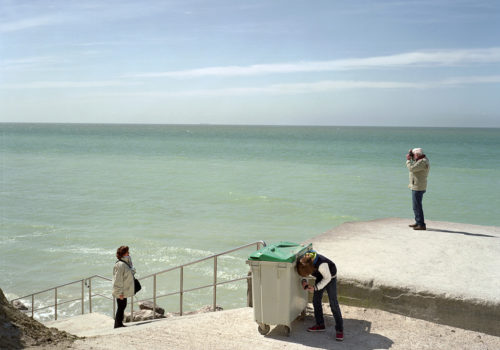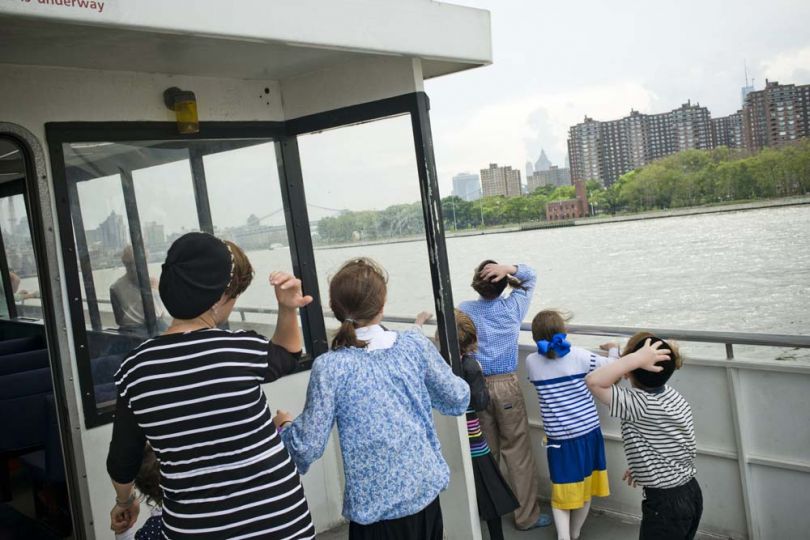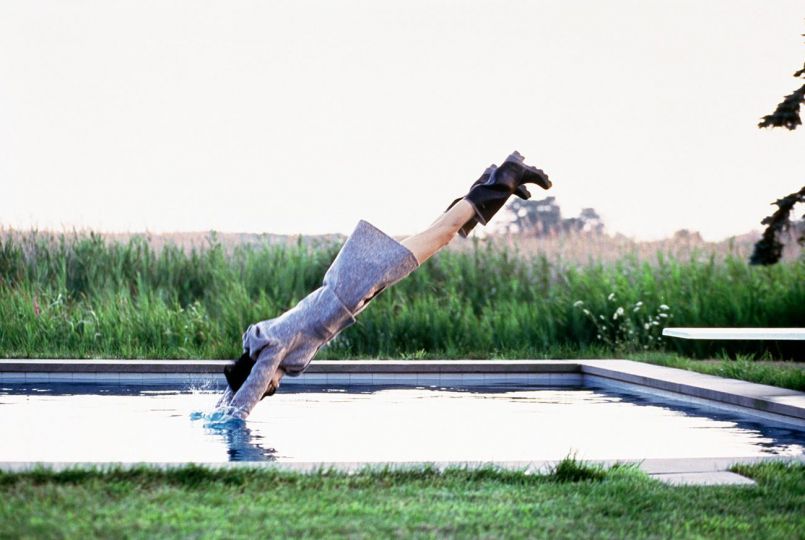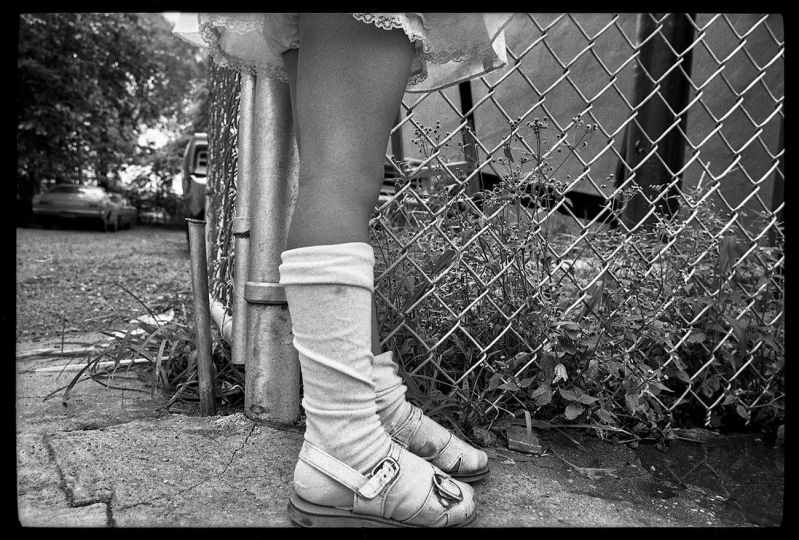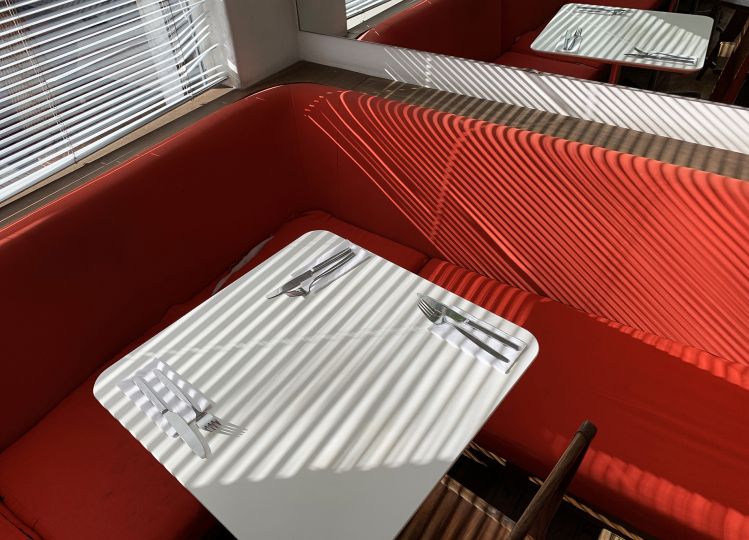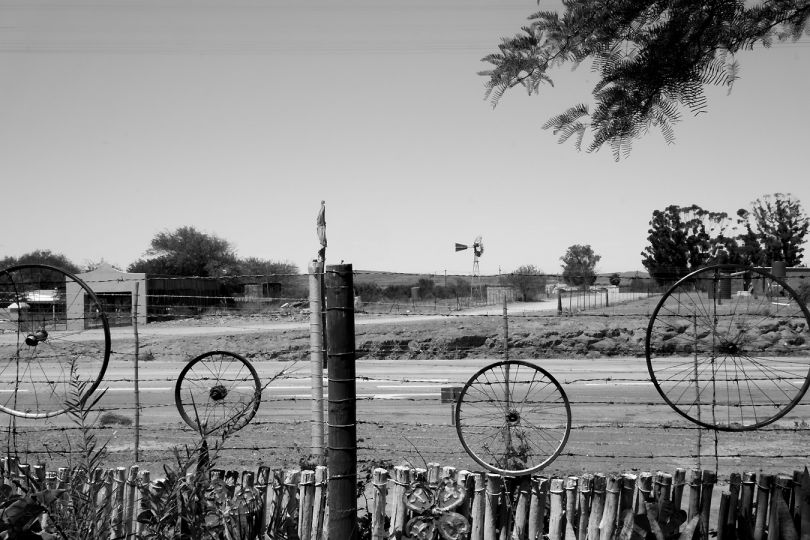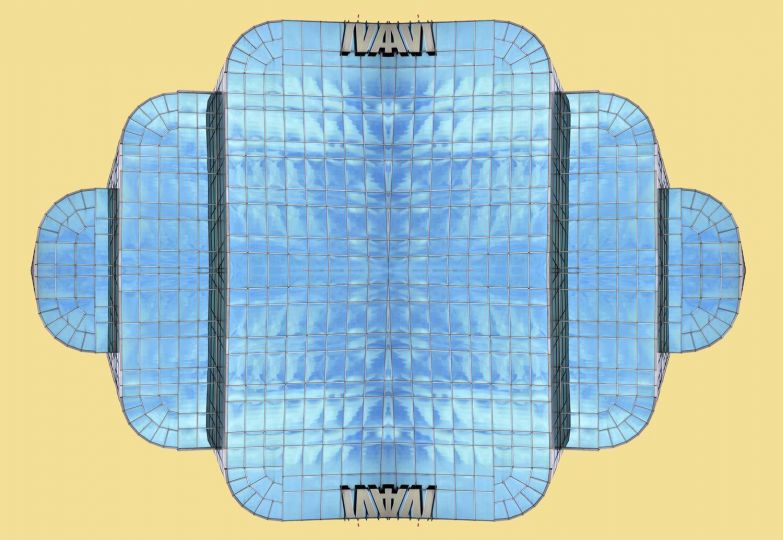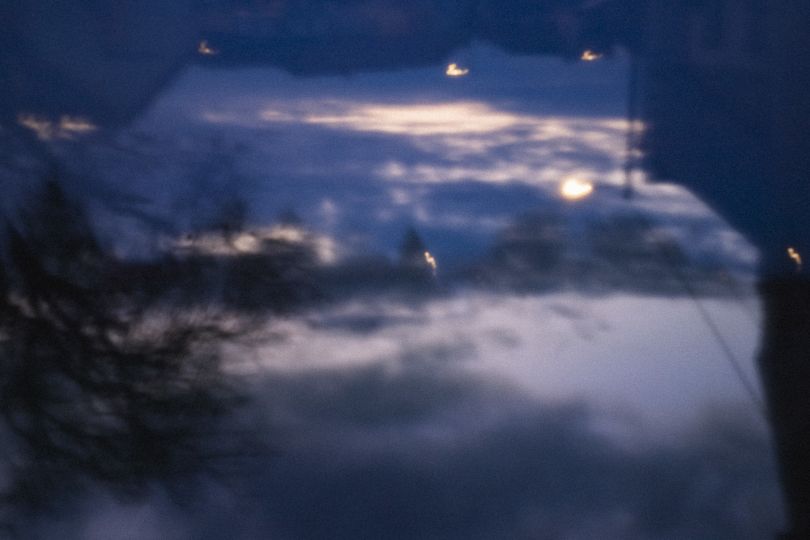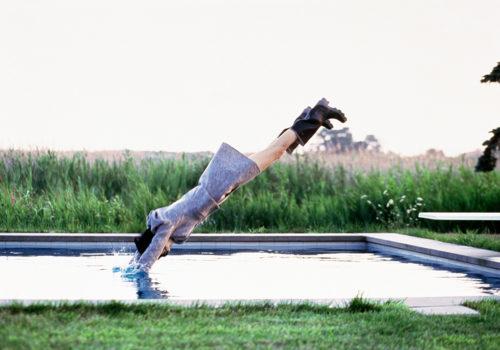In the collective imagination, the idea of crossing a border depicts a sudden, or even brutal change of surrounding. In a globalized world, this is less and less the case, especially in the Europe of Schengen.
Having lived in the north of France, I have crossed the border to Belgium so often that it seems it does not even exist anymore. For me, border areas reflect more of a personal geography than a concrete delimitation.
Nevertheless, border areas are for most people a space of exchange more than a place for fast transitions.
The no man’s land found around the former customs have become actual destinations dedicated to a low range tourism in low-taxes commercial areas.
This article is reserved for subscribed members only. If you are already a member, you can log in here below.
Subscribe for full access to The Eye of Photography archives!
That’s thousands of images and articles, documenting the history of the medium of photography and its evolution during the last decade, through a unique daily journal. Explore how photography, as an art and as a social phenomenon, continue to define our experience of the world. Two offers are available.
Subscribe either monthly for 8 euros (€) or annually for 79 euros (€) (2 months offered).

